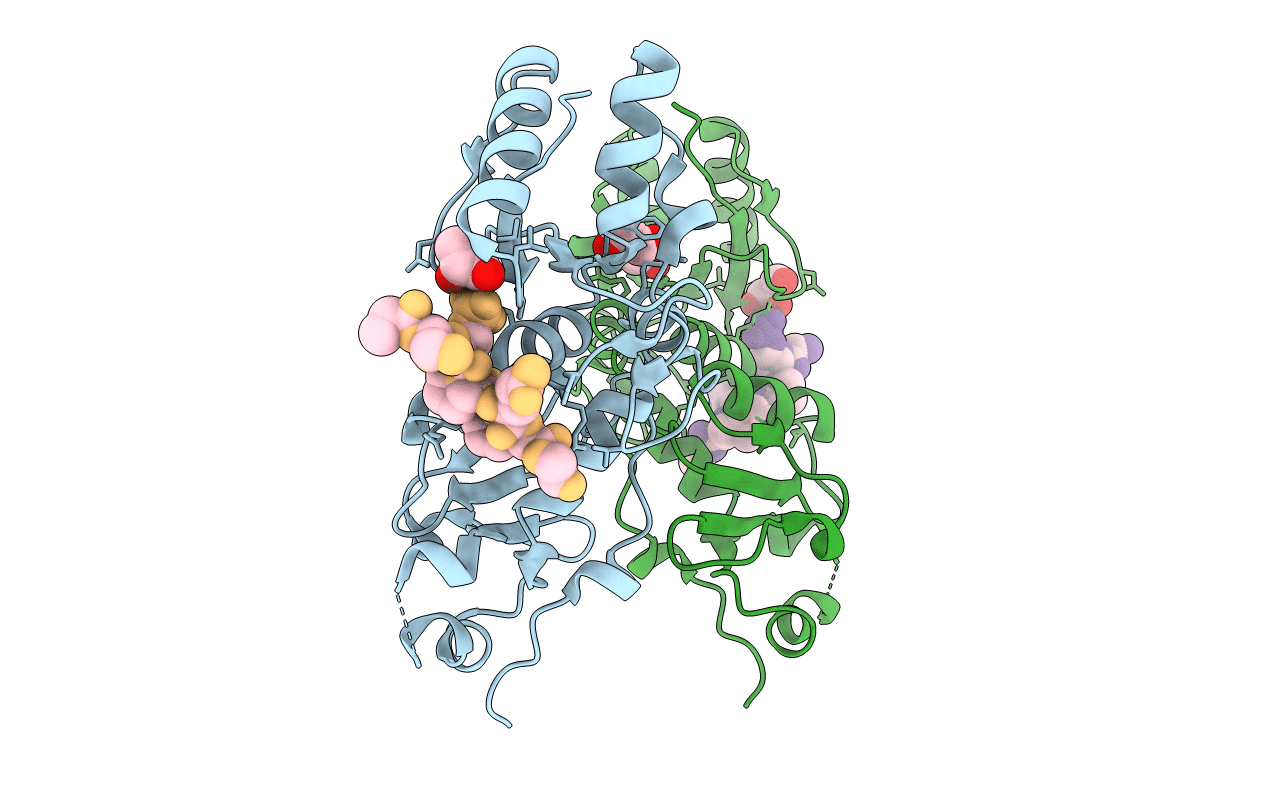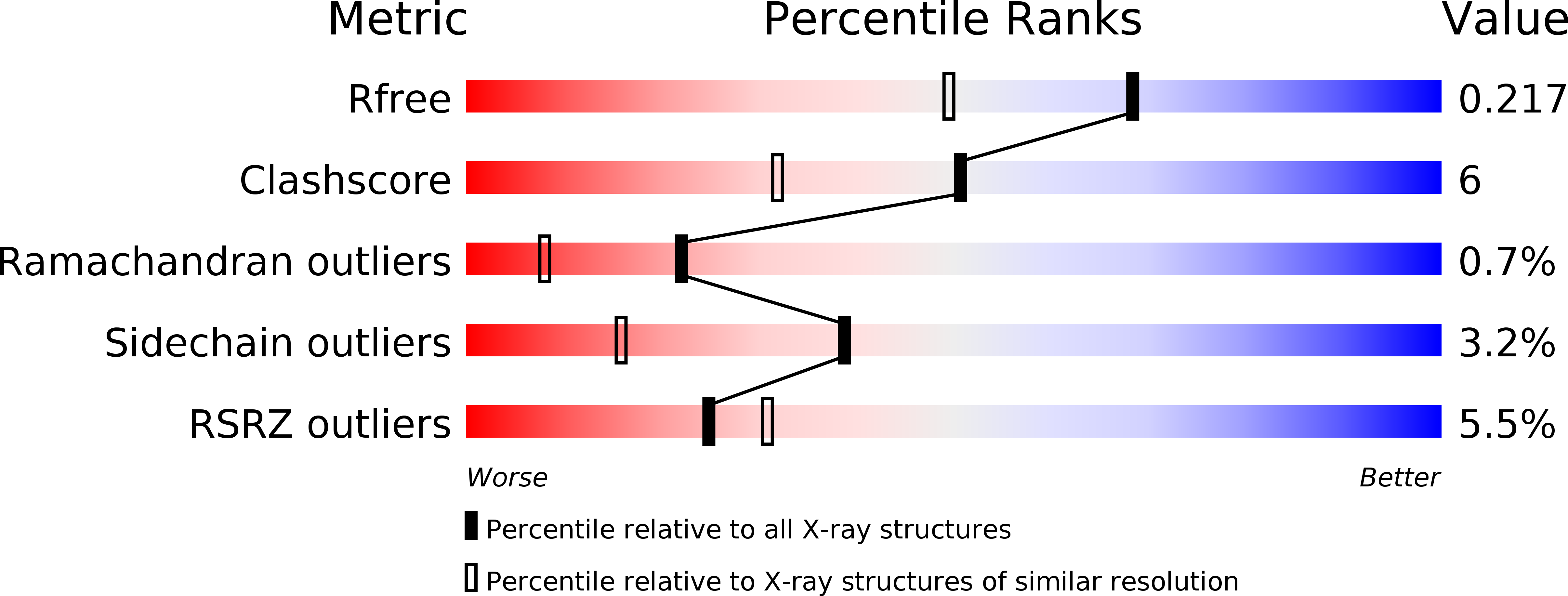
Deposition Date
2012-12-17
Release Date
2013-10-30
Last Version Date
2024-11-06
Entry Detail
PDB ID:
4IGK
Keywords:
Title:
Structure of human BRCA1 BRCT in complex with ATRIP peptide
Biological Source:
Source Organism:
Homo sapiens (Taxon ID: 9606)
Host Organism:
Method Details:
Experimental Method:
Resolution:
1.75 Å
R-Value Free:
0.20
R-Value Work:
0.15
R-Value Observed:
0.16
Space Group:
P 1 2 1


